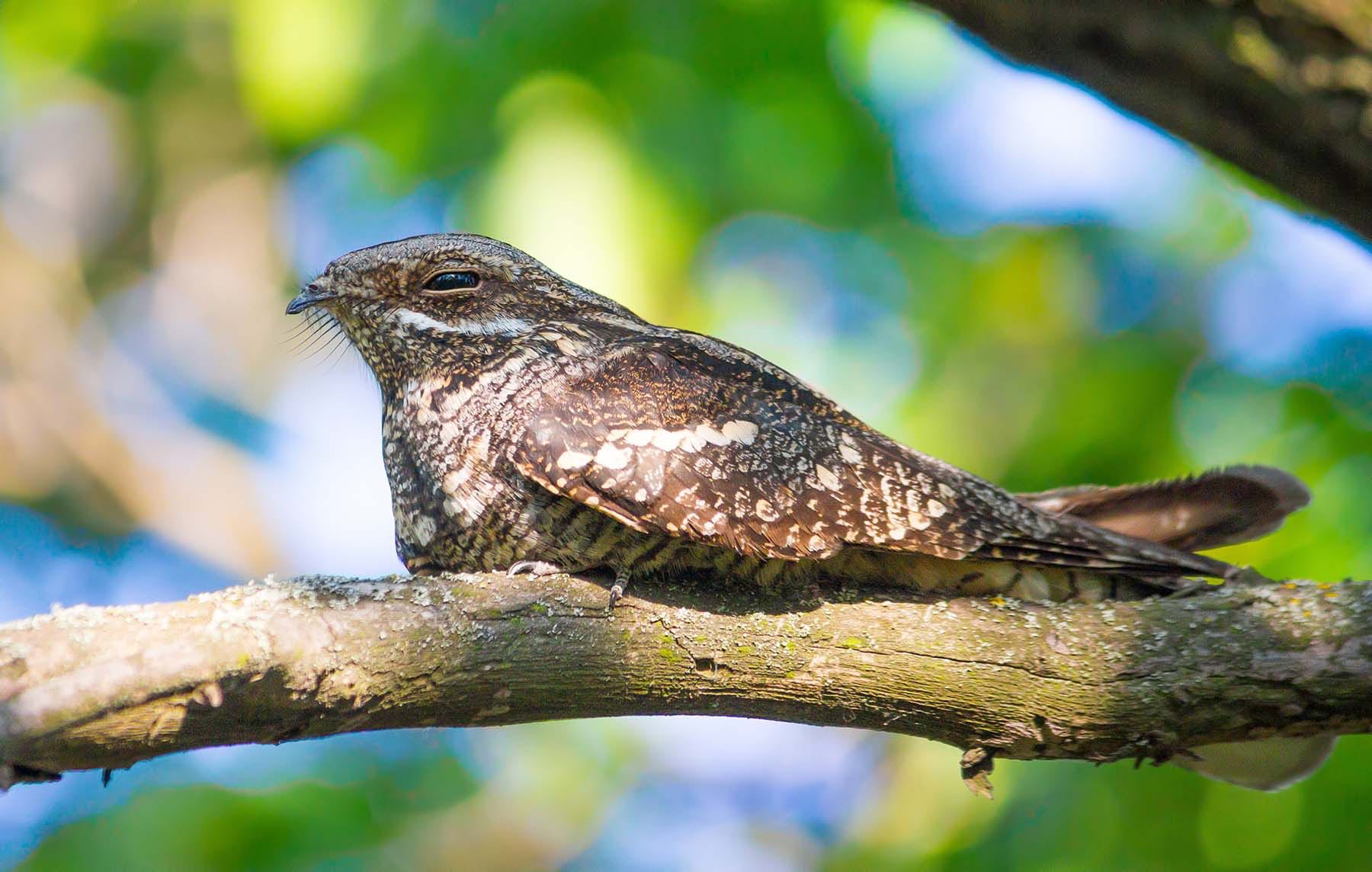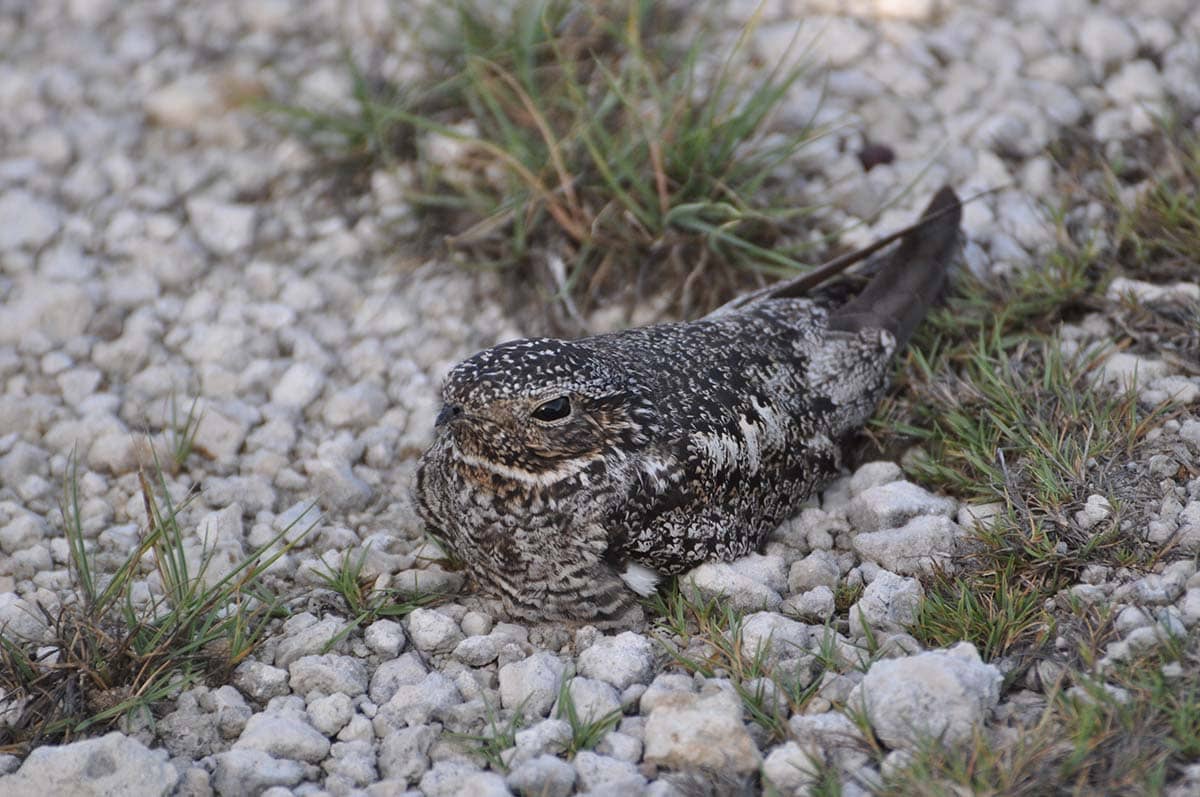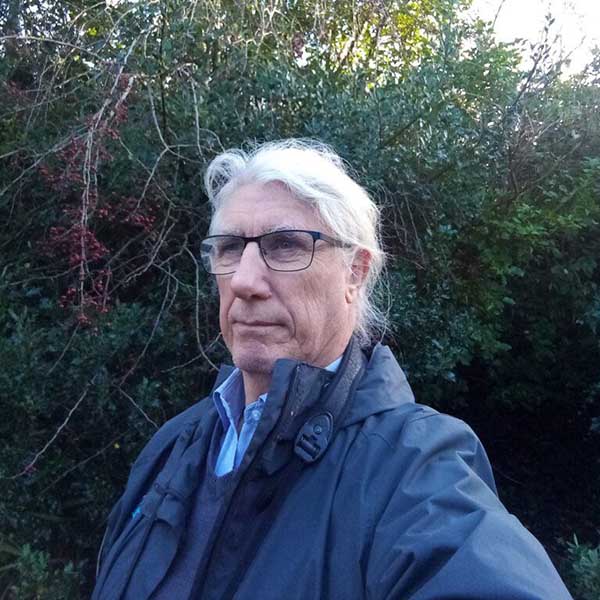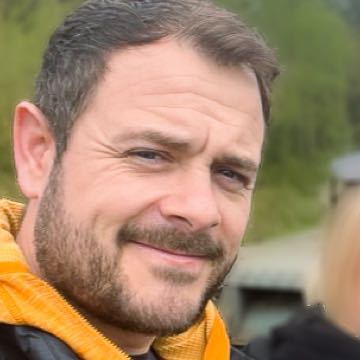- projects
- reintroduction
- nightjar restoration project
If we receive enough funding, Wild Gaia can begin the exciting process of reinforcing and restoring this remarkable bird back into Ireland


Where once there were many, now only small numbers continue to make the arduous journey back to Ireland from Africa; they are summer migrants, arriving in Ireland around May and staying approximately 5 months until September, when they will depart for Africa once more.
Like most crashes in wildlife, researchers think the nightjar’s decline is caused by habitat loss through human activity. Specifically, reduction, damage and disturbance to their breeding habitat (as well as vast reduction in invertebrate prey because of increased pesticide use). Records showing us that this bird is here in Ireland have dried up; they now indicate there are just a few breeding pairs clinging on in the Ballyhoura area in Munster(1).
The nightjar has had many names, and there is a rich mythology surrounding this secretive, wide mouthed bird. Crepuscular and nocturnal, this enigmatic bird is rarely seen due to its fantastically cryptic plumage and daytime dormancy. When perched on a dead branch it is nigh invisible. It is difficult to find - presence is almost always detected through a distinctive ‘churring’ song at dusk and dawn. Typically, a wild nightjar will live for approximately four years and mate after their first year of life. Female nightjars lay a clutch of 2 eggs directly on the ground: they do not build a nest, and when incubating both male and female natural camouflage is incredibly effective, causing them to appear as a log and offering protection from mammalian and other avian predators. They are strictly insectivorous, feeding on moths and beetles.
Recieve detailed updates by joining Wild Gaia
Help support us by sharing the project
Make a direct contribution to the project
If we receive enough funding, Wild Gaia can begin the exciting process of reinforcing and restoring this remarkable bird back into Ireland (by protecting and thus helping the nascent existing population). This project will involve several stages and will in the first instance require collaboration with private landowners and Coillte (the Irish forestry service): the first stage will identify pockets of suitable habitat remaining on the island, with a targeted focus in the Ballyhoura area in Munster, which is the last place where breeding nightjars were recorded.
While much of the suitable habitat for this species has been lost to agriculture; there are suggestions that surviving areas of heathland within and around recently planted or clear-felled conifer plantations are suitable for breeding nightjar(2). However, much of these areas are degraded and / or lack a suitable management plan.
Targeted dusk and dawn bird surveys will next be orchestrated by our team of professional ecologists to ascertain existing nightjar presence / absence; this in itself will provide valuable data on the current distribution of nightjar in Ireland and help to inform future research, as well as providing a baseline dataset from which to compare future results. Once we have successfully identified an area being utilised by nightjar, we will conduct a habitat assessment and design a species-specific habitat management plan (HMP) to optimise the habitat for breeding pairs. In the years following implementation of management measures, additional bird surveys will tell us if the nightjar population has responded favourably to the HMP; currently this species is a very rare former breeder and rare migrant.
Records on the Irish Biodiversity Records Centre(3) show that historically the densest area for nightjar records was the border area between south Donegal and north Fermanagh. This crossed border area is another target location.
If our project is successful, through informed habitat restoration / management we could increase the number of breeding pairs in Ireland. To our knowledge, no such targeted projects are being implemented on the island. This could be a fantastic stride in not only restoring Ireland’s nightjar population but also inspiring similar initiatives across the country.
Because of their secretive nocturnal habits, this species is notoriously difficult to study thus gaps in knowledge remain and some areas continue to be under-researched, with more quantification needed. This project therefore also has exciting potential to expand into further research directions and provide additional valuable data; for example, through radio tagging, moth trapping and nest surveying.
On a global scale, although this species was still listed under Least Concern by the latest IUCN Red List assessment (2016)(4), a decreasing global population trend as well as decreasing range particularly in north and north-west Europe has been identified. We consider attempts to reverse the sharp decline in breeding pairs (not only in Ireland but also across the water in the UK where the bird is listed as a Priority Species) important efforts in the continued survival of this fabled bird.

brian sutton
Senior Ecologist

catriona porter
Ecologist
Cliodhna Loughran
Research

cormac loughran
Founder
damian mcclean
Ranger / Foreman

karl hamilton
Raptor Ecologist

philip leathem
Photographer / Videographer
Join us and become part of a community committed to restoring Ireland’s natural beauty: